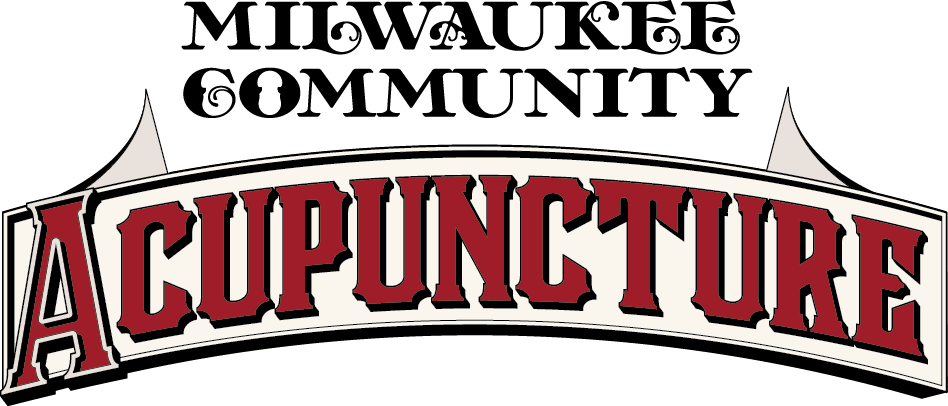With the winter solstice upon us, and snowbirds retreating to warmer climates, Vitamin D is having its moment in the sun.
It is estimated that 50% of adults are deficient in Vitamin D, especially those who live in northern climates. On December 21 we experience the shortest day of the year, the winter solstice, when the Earth’s axis tilts the Northern Hemisphere farthest from the warmth of the sun. After the winter solstice, we gain a minute of sunlight every day until the slow crescendo six months later to the summer solstice on June 21, aka the longest day of the year. This year the winter solstice is particularly special, it is full moon, named the Cold Moon, and will be visible at the same time as the Ursid meteor shower.
Recent research suggests that Vitamin D deficiency can be the culprit for a lot of ‘modern day diseases’, such as depression, anxiety, poor sleep, digestion issues, bone health, cancer, and heart disease to mention a few. This correlation does not mean low vitamin D causes these conditions, or that taking a vitamin D supplement will adequately prevent or treat them.
People who have darker pigmented skin, those of African or Middle Eastern descent, are at greater risk of deficiency as are those who use sunscreen regularly and the elderly.
Studies suggest that 95% of the elderly may be deficient in vitamin D, not only because they spend less time outdoors but also their bodies produce less vitamin D when exposed to the sun (people over the age of 70 produce about 30% less vitamin D than a younger person with the same sun exposure). Vitamin D also might be important as we get older to prevent cognitive decline such as alzheimers and dementia.
Vitamin D is important because it helps your body sustain normal levels of calcium and phosphorus. Because it works as a key that allows your body to absorb calcium, vitamin D plays a critical role in forming and maintaining healthy bones. It also helps keep your muscles, nerves and immune system healthy.
Because vitamin D is a hormone that your body makes from sunlight, it is hard to supplement with food alone. Very few foods actually contain therapeutic levels of vitamin D naturally and fortified foods don’t contain enough vitamin D to meet your health needs. Vitamin D is found in foods such as egg yolks, cheese, cod liver oil, beef liver and fatty fish like tuna, salmon, sardines, herring and mackerel. But the amount of vitamin D in these foods is quite small. In the U.S., many people get the bulk of their dietary vitamin D from foods that are fortified with it, including milk, cereals and some yogurts and orange juice.
Vitamin D is also a fat soluble vitamin, meaning those who are overweight and obese have lower circulating levels of vitamin D and would need to supplement at a higher dose than thinner people or people with more muscle mass and less fat stores. Previous studies have shown that vitamin D deficiency is associated with both developing obesity and the risk of obesity related complications, but studies on the effects of vitamin D supplementation have been inconclusive.
To establish whether restoration of optimal vitamin D status would promote weight loss and improve the metabolic profile of obese or overweight patients with a vitamin D deficiency, Luisella Vigna, MD, of the University of Milan, Italy, analyzed data from 400 obese or overweight patients from 2011 to 2013.
All participants received a balanced moderately low calorie diet and were assigned to one of three groups: 1) no supplementation 2) vitamin D supplementation using cholecalciferol 25,000 international units (UI) per month 3) vitamin D supplementation using cholecalciferol 100,000 UI per month, about 3500 IU daily.
Optimal vitamin D levels found in the blood are 50-70 ng/ml. New research suggests better health benefit when you are on the high end of that range. Recommendations for how much daily vitamin D adults need through diet have changed over the years. Currently, different recommendations exist. The Institute of Medicine has placed the recommended dietary allowance, or RDA, for vitamin D at 600 international units (IU) per day for young adults and 800 IU per day for adults older than 70. Other experts suggest that adults’ vitamin D needs are much higher. For example, the Endocrine Society recommends up to 1,500 to 2,000 IU of vitamin D daily for adults.
Mayo Clinic recommends that adults get at least the RDA of 600 IU. However, 1,000 to 2,000 IU per day- more if you get little or no sun exposure- is generally safe and should help people achieve an adequate blood level of vitamin D. Vitamin D has been found to reduce the risk of upper respiratory infections, including cold and flu.
The Institute of Medicine says that adults shouldn't take more than 4,000 IU a day. While there are no guidelines for checking your vitamin D blood level, it may be prudent in people with osteoporosis or certain other health conditions. Discuss with your health care provider if it may be beneficial to check your vitamin D level.
